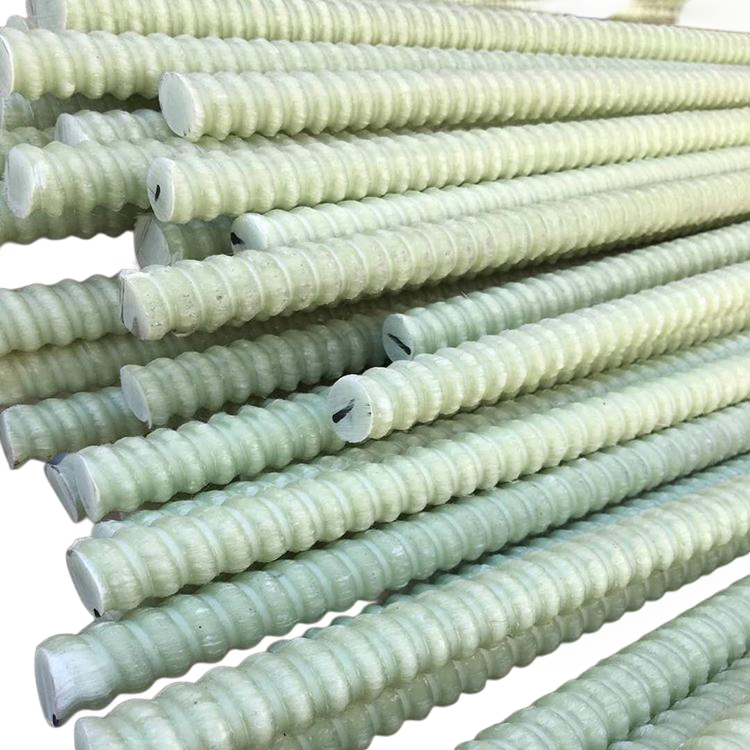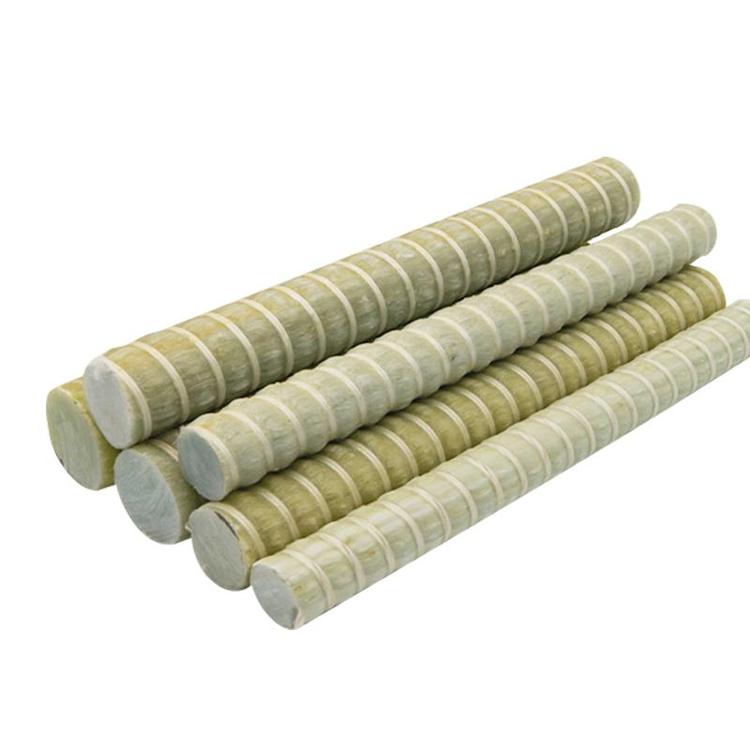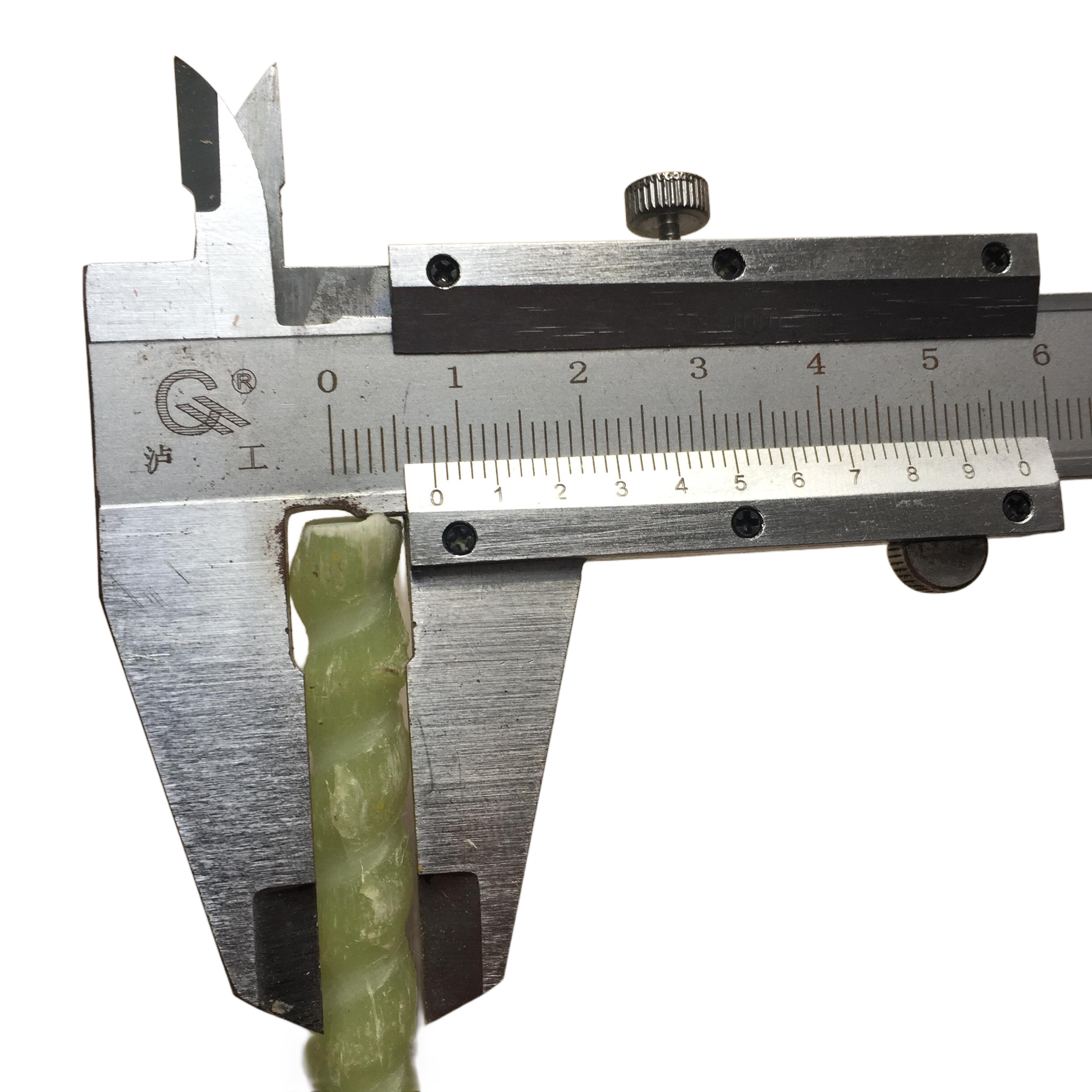Anhui Sende New Material Technology Development Co., Ltd. - Expert in GRC Reinforced Reinforcement (Glass Fiber Reinforced Concrete) Solution
Introduction: The demand for innovative building materials
In the field of contemporary architecture, designers and engineers are facing a dual challenge: on the one hand, traditional building materials (such as steel bars and steel) are limited by their weight, susceptibility to corrosion, and complex construction, making it difficult to meet the requirements of modern architecture for lightweight, durability, and aesthetics; On the other hand, the popularization of green building concepts has led to an increasingly urgent demand for environmentally friendly and low-carbon materials in the industry. In this context, glass fiber reinforced concrete (GRC), as a new type of composite material, has gradually become a star material in the field of building decoration and structural reinforcement due to its excellent performance and plasticity. As the core reinforcement material of GRC, GRC reinforcement bars (glass fiber bars) have redefined the performance boundaries of building materials with characteristics such as "lightweight, high strength, corrosion resistance, and fatigue resistance".
Anhui Sende New Materials Technology Development Co., Ltd. (hereinafter referred to as "Sende New Materials"), as a professional manufacturer in the field of glass fiber reinforcement, has been deeply rooted in the industry for more than ten years. It is committed to providing high-performance GRC reinforcement solutions to global customers through technological innovation and quality control. This article will comprehensively analyze the technical advantages, application scenarios, and product value of GRC reinforcement bars based on the core needs that users are concerned about.
1、 What is GRC reinforcement? ——Technical principles and material characteristics
1.1 Definition and Composition
GRC reinforcement is a high-performance composite material with glass fiber as the reinforcement and resin matrix as the bonding material. The core principle is to combine the high-strength characteristics of glass fibers with the toughness of resin matrix to form a composite structure that combines tensile strength and bending stiffness. Compared to traditional steel bars, GRC reinforcement bars have a density only 1/4 of steel bars, but their tensile strength can reach 2-3 times that of ordinary steel bars, and they have excellent corrosion resistance and fatigue resistance.
1.2 Manufacturing process
Sende New Materials uses pultrusion molding technology to produce GRC reinforcement bars, ensuring the stability of product performance:
Fiber pretreatment: High modulus glass fibers are selected and surface coated with coupling agents to enhance the interfacial bonding between fibers and resins;
Resin impregnation: impregnating fiber bundles in modified epoxy resin or vinyl ester resin in a constant temperature and humidity environment;
Pultrusion molding: By pulling and solidifying with a mold, a uniform cross-section and smooth surface of the reinforcement material are formed;
Post processing: cutting, polishing, quality inspection to ensure that each reinforcement material meets international standards (such as ASTM D7205, GB/T 30022).
1.3 Performance advantages
Lightweight and high-strength: density 1.6-2.0g/cm ⊃3;, tensile strength ≥ 1000MPa, can replace some steel bars for non load bearing structures;
Corrosion resistance: It does not rust in acidic, alkaline and salt environments (such as coastal areas and chemical plants), and has a lifespan of over 50 years;
Fatigue resistance: The fatigue limit can reach 60% -70% of the static strength, suitable for dynamic load scenarios such as bridges and wind turbine blades;
Electromagnetic neutrality: non-conductive and non-magnetic, suitable for special places such as hospital MRI rooms and substations;
Design freedom: Customizable irregular sections (such as threads, waves) can be used to enhance the anchoring performance with concrete.

2、 User core concern: What pain points can GRC reinforcement solve?
2.1 Limitations of Traditional Materials
Corrosion of steel bars: Steel bars in concrete are prone to rusting in humid environments, leading to structural cracking and a decrease in bearing capacity;
Complex construction: Steel bars need to be welded and tied, with high labor costs and low efficiency;
Self weight: increase building load and limit design flexibility;
Environmental pressure: Steel production has high energy consumption and carbon emissions.
2.2 Solution for GRC reinforcement bars
Lower lifecycle cost: Although the initial cost is slightly higher than ordinary steel bars, there is no need for anti-corrosion treatment, and maintenance costs are almost zero;
50% increase in construction efficiency: Reinforcing materials can be prefabricated into mesh or skeleton, directly embedded in concrete, reducing on-site operation time;
Structural weight reduction of 30%: significantly reduces foundation load, especially suitable for large-span and irregular buildings;
Green and environmentally friendly: The production energy consumption is only 1/5 of that of steel, and it can be 100% recycled.

3、 Application scenario: How can GRC reinforcement empower building innovation?
3.1 Building Curtain Walls and Decorative Components
Application cases: GRC decorative panel on the facade of Shanghai center Building, curved curtain wall of Dubai Yacht Hotel;
Value point: GRC reinforcement bars can achieve lightweight design of ultra-thin (3-5mm) and large-sized (up to 12m × 3m) components, while ensuring wind pressure resistance and seismic performance.
3.2 Landscape Architecture and Urban Furniture
Application cases: "Super Tree" structure in Marina Bay Garden, Singapore, and landscape bench for the G20 Summit in Hangzhou;
Value point: The weather resistance of the reinforcement material can resist ultraviolet rays, freeze-thaw cycles, and can be bent into shape to meet complex styling requirements.
3.3 Transportation Infrastructure
Application cases: Anti collision barrier of Hong Kong Zhuhai Macao Bridge, lining of Qingdao Metro tunnel;
Value point: In humid and salt spray environments, the corrosion resistance of GRC reinforcement significantly extends the structural life and reduces maintenance frequency.
3.4 Marine Engineering and Chemical Industry
Application cases: offshore wind power foundation, coastal sewage treatment tank;
Value point: Replace stainless steel bars, reduce costs by over 40%, and there is no need to worry about chloride ion corrosion.
4、 The core competitiveness of Sende New Material GRC reinforcement bars
4.1 Technical research and development: benchmarking against international standards
Sende New Materials has jointly established a research and development center with Tongji University and Hefei University of Technology to develop a high alkali resistant glass fiber formula, which solves the industry problem of traditional glass fibers being easily hydrolyzed in alkaline environments of concrete;
The product has passed the EU CE certification and the US ICC-ES certification, and complies with ASTM D7205 and GB/T 30022 standards.
4.2 Customized Services: One stop Support from Design to Implementation
Pre consultation: Provide selection suggestions based on project requirements (such as diameter 6mm-32mm, tensile strength grading);
Deepening design: Assist in optimizing the layout of reinforcement materials and improving structural efficiency;
Construction guidance: Provide technical support such as anchoring node design and concrete mix ratio recommendations.
4.3 Case Witness: Strength Endorsement
Classic projects: Hefei Binhu International Convention and Exhibition Center (GRC roof system), Nanjing Garden Expo Park Landscape Bridge;
Customer review: "Sende New Materials' GRC reinforcement bars have enabled us to achieve a 30% cost savings and a 20% reduction in construction period. ”- Project manager of a state-owned construction company.

5、 Five key indicators for selecting GRC reinforcement bars
Tensile strength: ≥ 1000MPa (Sende New Materials products can reach 1200-1500MPa);
Elastic modulus: ≥ 40GPa, ensuring synergistic deformation with concrete;
Alkali resistance: After soaking in a simulated concrete solution with pH=13 for 28 days, the strength retention rate is ≥ 90%;
Linear expansion coefficient: similar to concrete (about 1.0 × 10 ⁻⁵/℃), to avoid interface peeling;
Environmental certification: Compliant with RoHS and REACH standards, with no volatile harmful substances.

6、 Future prospects: GRC reinforcement and building industrialization 4.0
With the rise of technologies such as 3D printed concrete and intelligent construction, the lightweight, plasticity, and durability characteristics of GRC reinforcement bars will further unleash their value. Sende New Materials is laying out digital production and optimizing the arrangement of reinforcement materials through AI algorithms to achieve flexible manufacturing with "one project, one design", helping the construction industry upgrade towards green and intelligent direction.
Conclusion: Choose Anhui Sende, China and choose a sustainable future
In today's world of continuous breakthroughs in materials science, GRC reinforcement bars are not only a substitute for traditional steel bars, but also an important driving force for architectural innovation. Anhui Sende New Materials Technology Development Co., Ltd. has always been committed to the mission of "empowering buildings with technology and changing lives with materials", providing customers with comprehensive services from products to solutions. Whether you are a designer, engineer, or project team, choosing Sende GRC reinforcement bars is choosing a lighter, stronger, and greener path in architecture.























